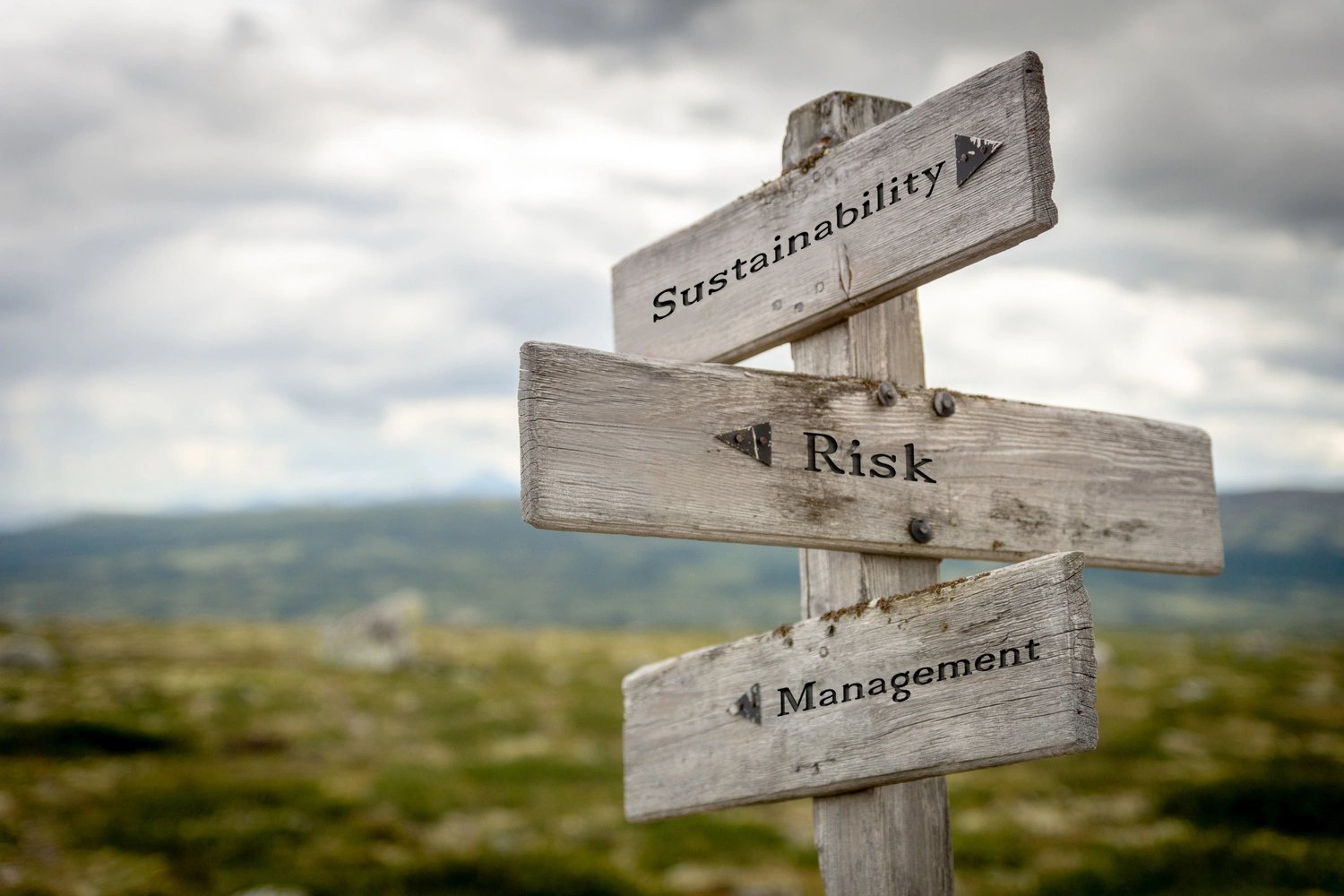Land Development Process
Free Permitting Checklist
Practical Tips to Avoid Environmental Risk on all Your Projects
Download our environmental permitting checklist to get a step-by-step list of ways to protect your project from the 9 most common environmental risks.
Download Your Checklist.webp?width=1500&height=1000&name=AdobeStock_240944542%20(1).webp)
What Is Land Development
Land development is the planning, purchasing, engineering, and construction of a land parcel(s) for projects such as commercial real estate, utility, and transportation development, renewable energy development including wind and solar farms, extractive development such as oil, gas, and mining, and many more. This definition applies to “raw land development” or “greenfield development,” land that has not previously been developed. Land development also occurs on "brownfield sites", which are previously developed land parcels, but looks slightly different from the raw land development project this piece will primarily focus on.
Land development is a process utilized by many industries at many different levels. Land developments can be created for projects such as single-family occupancy homes, solar projects, and public improvements. The development process includes many steps and requirements based on codes and regulations set by the local Authority Having Jurisdiction (AHJ) and regulatory agencies and can vary in length. Land development can be expensive, environmentally taxing, and a significant company risk. Given the difficulty and dangers of this process, land developers need to be well-prepared for their journey ahead.

Pre-Development
Land and Investment
Purchasing and developing raw land can be expensive and come with risks. Evaluating the land development project costs, expected ROI, financial feasibility, and financing options are crucial parts of development. Whether you’re debating commercial solar financing options or evaluating internal capital, teams should discuss finances should before moving forward with a site plan and breaking ground. Analysis, financing, and property acquisition can be lengthy and detailed steps. This part of the process should be handled carefully and with considerable attention to detail.
Market Analysis
Before pushing the development process forward, it’s best to evaluate if there is a market for the new development. If there is a saturated market, the cost of land for your project will be high, and there may be a higher risk of earning your money back. It’s not just important to make sure your project fits on the site when land surveying but also that it fits in the community the land occupies. A market analysis can help finance the project and push it into the following stages of development.
Zoning and Building Permits
These legal factors play a significant role in the land development process. Zoning and rezoning can impact what projects can go on certain land. For example, you cannot build a solar farm or multi-family unit on land intended for single-family projects. Developers should consider local restrictions, city ordinances, building codes, and easements when beginning development. Property development comes with many regulations and string attached, that are better found early rather than tripping on later. Proper research on on-site requirements can condense the siting and construction timeline by avoiding additional delays.
Environmental Due Diligence
Critical Issues Analysis
Critical issues analyses, also known as feasibility studies, are environmental impact studies that identify protected natural resources, such as wetlands or a flood plain, on a piece of land. Environmental professionals, typically environmental consultants, complete these studies in weeks to months.
This process is incredibly time-consuming and can drastically slow or end project development, depending on the land use and the concerns present. For example, suppose stormwater creates a protected ephemeral stream that the developers did not see until their impact study. In that case, developers may have to adjust a large portion of their site plan or receive additional permits to continue their work. This leads to expensive delays and frustration amongst the team and stakeholders.

Free Permitting Checklist
Practical Tips to Avoid Environmental Risk on all Your Projects
Download our environmental permitting checklist to get a step-by-step list of ways to protect your project from the 9 most common environmental risks.
What is a PPA?
Software like Transect delivers this same environmental due diligence process in minutes. By automating environmental due diligence and simplifying the environmental permitting process, developers can spend less time waiting for an environmental report and more time building. This automation can help the project planning department when siting, increasing the likelihood of having an accurate development plan that lenders, civil engineers, and the whole team can feel confident to rely on moving forward.
Why Is Environmental Due Diligence Important?
Environmental due diligence can make or break a development. Typically, this step is completed later in a development cycle after spending extensive time and money on a project site. Many developers discover a regulated natural feature on their project site, such as protected critical habitat, and have to spend significant money on mitigation efforts. Land developers can avoid environmental, financial, and development crises by ensuring this step is considered earlier in the project timeline. Additionally, when this step is included earlier in the development process, it can help with economic feasibility forecasting for the project.
Earthwork Development Stage: The Construction Process
This stage is the part of the development process most people imagine when they hear “construction” or “land development.” All “horizontal development” is completed during construction- where the project vision is brought to life. This process includes building the required building, initial landscaping, and incorporating the necessary utilities. Having a viable site, clear plan, and good project management team play a significant role in the efficiency of this stage. As workers on these sites are paid in project phases, any delay to the overall development can result in extensive costs and impacts on the livelihood of others. This step is a costly portion of the development process and should be planned for early on.
.webp?width=1500&name=AdobeStock_240944542%20(1).webp)
Development Project Final Steps
The final development stages may look different for each project. Some may sell the project, and some projects may end in maintenance. For some projects, the property management team may continue improving or maintaining the property via landscaping, installing a new septic tank, or other property improvements. Developers who own their project sites will continually evaluate their development for peak efficiency and safety. When a property is intended for the market, developers can utilize the market analysis they created early in the process to aid their marketing efforts. Records such as the market analysis and feasibility study serve are helpful tools for these efforts.
Free Permitting Checklist
Practical Tips to Avoid Environmental Risk on all Your Projects
Download our environmental permitting checklist to get a step-by-step list of ways to protect your project from the 9 most common environmental risks.
